Complete Guide to Lawn Aeration
In the world of lawn care, understanding what aeration is is crucial to maintaining the health and vitality of your grass. Aeration, simply put, is an aeration process that involves perforating the soil with small holes to allow air, water, and nutrients to penetrate the grass roots. This process helps the roots grow deeply and produce a stronger, more vigorous lawn. The primary purpose of lawn aeration is to alleviate soil compaction. Compacted soil prevents proper air, water, and nutrient circulation within the soil. Core aeration, or core aerating, is a common method where plugs of soil are removed to improve the soil structure and promote the health of the lawn. Aerating your lawn can seem like a daunting task, but it’s a necessary step in ensuring your lawn has the proper environment to thrive.
Without regular aeration, your grass might struggle to survive, no matter how much you water, fertilize, or care for it. During the process, cores or plugs of soil and thatch are removed, which reduces soil compaction and promotes root growth for thicker, more resilient grass. The best time to aerate your lawn is during the growing season when the grass can heal and fill any open areas after removing soil plugs. Typically, this is in the early spring or fall for cool-season grasses and late spring for warm-season grasses. When determining whether your lawn needs aeration, consider factors such as foot traffic, soil type, and the presence of thatch. High-traffic areas are prone to soil compaction, which impedes healthy grass growth. A thatch layer of more than a half-inch can also be problematic, necessitating the need to aerate.
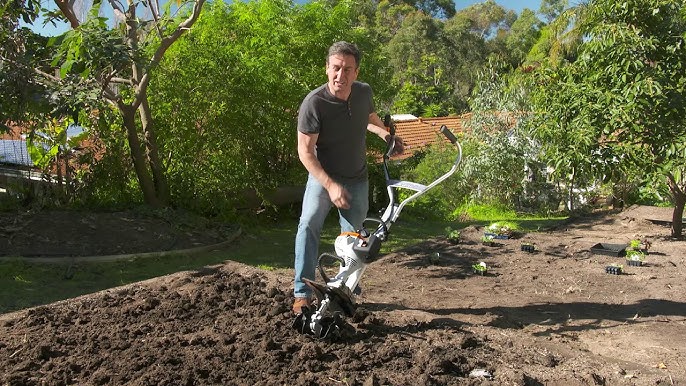
At Turf Medic, we recommend homeowners take a proactive step in their lawn maintenance schedule to include aeration. It is advisable to aerate your lawn annually or more frequently if your soil is exceptionally compact. Strategically planning and performing the aeration process ensures your lawn remains healthy, lush, and green. Remember, aeration is a beneficial practice that can save you time and resources in the long run by laying the groundwork for a robust lawn that resists pests, diseases, and weeds more effectively.
6 Signs Your Lawn Needs Aeration
You can determine if your lawn needs aeration by looking for signs of soil compaction. Here are six clues that suggest it may be time to aerate:
1. Your lawn is new: If the lawn is less than three years old, it may benefit from aeration. Newer grasses have shallow root systems that compacted soil can easily damage.
2. The lawn has heavy foot traffic: Lawns with a lot of foot traffic are prone to compaction, which leads to poor oxygen and water intake. Aerating these areas can make them healthier and more resistant to wear and tear.
3. The soil is mostly clay: Clay soils are notorious for being difficult to work with because they become very hard when dry and clingy when wet. By aerating clay soils, you reduce compaction, improve drainage, and allow air movement into the roots of your turfgrass plants.
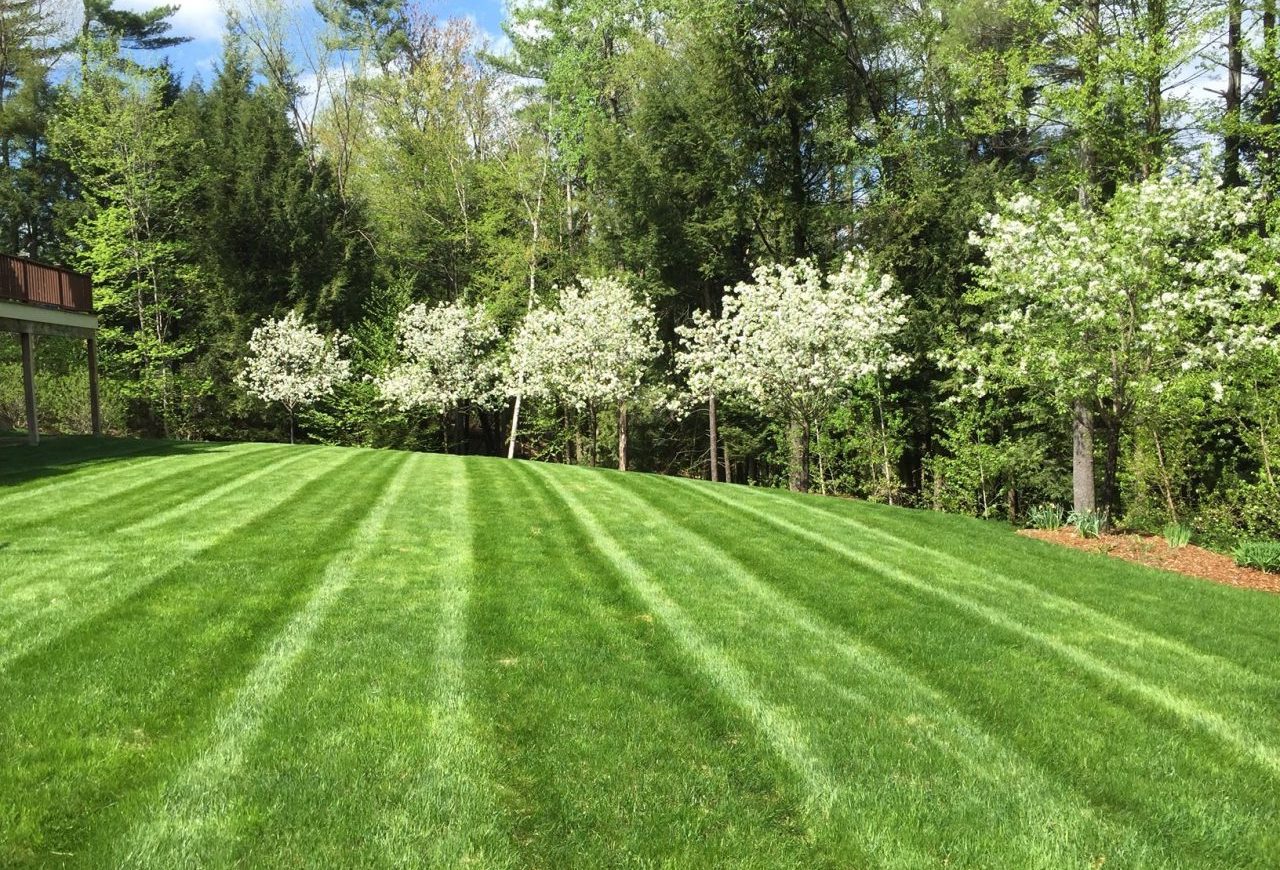
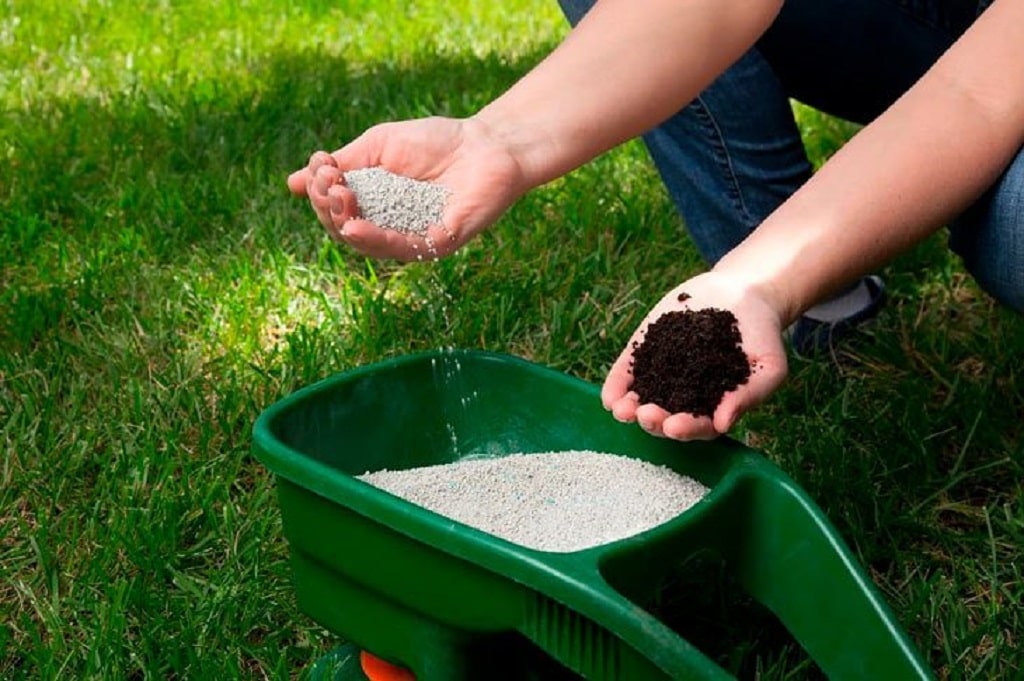
4. The lawn has been recently fertilized: Fertilizers often contain nitrogen and phosphorus, which can be detrimental to the health of your lawn if not used properly. Aeration helps improve nutrient availability by breaking up compacted soil so that these beneficial nutrients can reach the roots of your plants.
5. You want to improve the overall quality of your lawn: Aerating can help enhance water retention and prevent soil compaction, leading to a healthier, more vibrant-looking lawn. In addition, aeration can also help reduce weeds and promote better nutrient absorption in your turfgrass plants.
6. You want to reduce stress on your lawn: Proper aeration can reduce stress on your lawn caused by heavy traffic or waterlogging and promote better overall growth. It can help strengthen the root system of your plants, allowing them to absorb moisture and nutrition more efficiently.
Choosing the Right Lawn Aerator for Your Soil
Understanding the ins and outs of lawn aeration is essential for maintaining a healthy, verdant lawn. Within this comprehensive realm, the act of aerating is a pivotal component that ensures your soil is properly oxygenated, allowing for better nutrient absorption and a more robust growth environment for your grass. Demystifying lawn aerators begins by recognizing that not all tools are created equal, and the selection of an appropriate lawn aerator hinges on the specific needs of your soil and lawn. Commercial-grade aerators typically feature sturdy construction and are designed to withstand the rigors of frequent use across larger outdoor spaces. Conversely, smaller aerators may be ideal for residential lawns that require less intensive care.
When it comes to dealing with compaction, lawn aeration becomes an indispensable part of your lawn care regimen. Soil compaction stymies root growth and can inhibit the proper distribution of water, nutrients, and air. Aerating helps alleviate these concerns by creating pathways through which these vital elements can traverse the soil matrix. Armed with an array of tools, lawn care enthusiasts can tackle aeration with efficacy.
Manual aerators wielded with precision can work wonders on smaller green spaces, while motorized aerators bring power and efficiency to larger expanses. Dynamic spike aerators provide an impactful solution, piercing the soil and generating necessary air gaps, while core aerators remove small plugs of earth, advocating for even more extensive aeration.
How to Aerate Your Lawn Effectively
To navigate the process with precision, it’s crucial to understand that aerating is more than just a task—it’s a vital aspect of comprehensive lawn care. A thorough lawn aeration can revitalize your lawn, granting your grass the room it needs to breathe and flourish. Here’s a streamlined method to ensure that your aeration efforts are both effective and efficient.
The steps to aerate your lawn must start with identifying the correct time. Optimal lawn aeration periods are during the growing season when your grass can heal and fill in any open areas after soil plugs are removed. Early spring or fall is ideal for cool-season grasses, whereas warm-season grasses benefit most from late spring aeration.
Prior to aerating, ensuring that the soil is moist—but not overly saturated—is essential; this balance promotes easier penetration of aeration tools. A day after watering your lawn or following a rain shower can be the perfect time to aerate. Speaking of watering, if you have a sprinkler system, ensure that it’s appropriately marked to avoid damage during the aeration process.
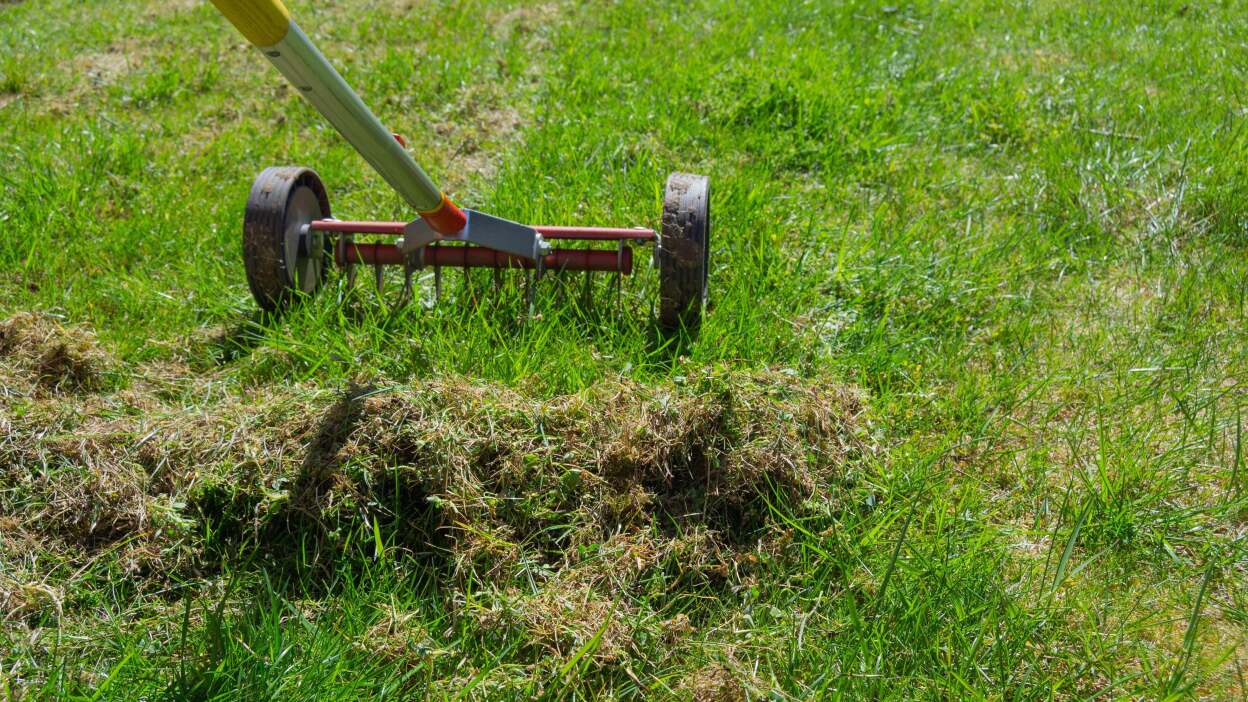
Selecting suitable tools for aeration is also critical. Whether you’ll deploy a spike aerator or a plug aerator, it’s important to understand their function. Spike aerators simply puncture the soil, possibly increasing compaction over time, whereas plug aerators remove small cores of soil, thereby reducing compaction significantly.
Maintaining a consistent pattern over your lawn to ensure thorough coverage as you aerate. If your lawn faces heavy compaction, you should go over it more than once. Moreover, addressing lawn aeration as a routine aspect of lawn care offers the advantage of keeping your soil in prime condition, possibly reducing the need for frequent watering and control measures due to healthier grass.
When is the Best Time to Aerate Your Lawn?
Lawn care enthusiasts and landscaping professionals alike understand that timing is everything when it comes to maintaining a healthy, vibrant lawn. One crucial aspect of lawn care is aeration, a process that allows your grass to breathe and thrive. Aerating your lawn involves creating small holes in the soil that facilitate the penetration of water, nutrients, and oxygen, thus promoting stronger root growth and an overall more robust lawn. But, when is the optimal time to undertake this vital task?
To ensure that you aerate your lawn at the most opportune moment, it’s essential to consider the type of grass you have and your area’s climate. Generally, the best time to aerate is during the growing season, when the grass roots can recover rapidly. For cool-season grasses, such as Kentucky bluegrass or fescue, the ideal times for aeration are the early spring or fall. Conversely, warm-season grasses like Bermuda or Zoysia benefit from aeration in the late spring. This timing allows the grass to heal and fill any open spaces after removing the soil plugs.

Additionally, the aeration process is best performed when the soil is moderately moist. Aerating dry soil can be challenging and may not yield the desired results. Conversely, overly wet soil can become compacted when aerated. Watering your lawn a day or two before you plan to aerate is advisable, ensuring that the tools can penetrate the soil effectively. Speaking of tools, choosing the right aerator is crucial. A plug aerator that removes cores of soil is often more beneficial than a spike aerator, which can sometimes further compact the soil around the holes.
While some homeowners may opt to undertake lawn aeration on their own using rental equipment, others might consider professional lawn care services. Enlisting the expertise of a specialized company like Turf Medic can save time and ensure the process is done efficiently. The cost of such services typically depends on the size and complexity of the lawn. Large areas with numerous tree roots or slopes may require additional labor and time, potentially affecting the final price.
What is Lawn Aeration and How Does it Benefit Your Lawn?
Lawn aeration is critical in lawn care and vital to maintaining a healthy and vibrant lawn. But what is lawn aeration exactly? It’s a method that involves perforating the soil with small holes, allowing air, water, and nutrients to penetrate down to the root zone. This process can greatly enhance your lawn’s ability to absorb resources, ensuring your grass gets what it needs to grow lush and strong. Employing aerators is central to this method, which can come in various forms, including spike aerators and plug (core) aerators, both designed to alleviate compacted soil and thus contribute to better root development.
Compacted soil can result from several factors, such as heavy outdoor activity, construction, or even natural soil processes. When soil becomes compacted, the necessary room for air and water to circulate within the soil structure diminishes. This lack of circulation can lead to a root system that’s less able to withstand drought or take up nutrients efficiently. By utilizing an aerator, the soil is decompacted, allowing for proper irrigation and the fostering of deeper root growth. Not only does lawn aeration encourage a greener, more robust lawn, but it also aids in weed control by creating an environment less hospitable to weed seeds and more favorable to grass.
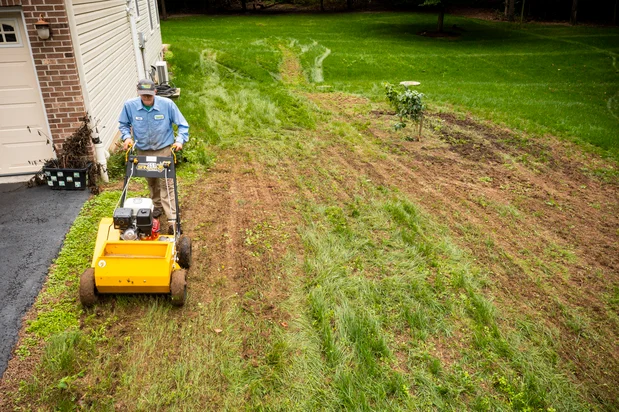
The lawn aeration process is instrumental in solving immediate issues, such as poor water absorption or sparse grass growth, but it’s also a proactive measure to prevent lawn health deterioration over time. By establishing a more accessible route for air and water to the roots, you’re ensuring a stronger, more resilient turf. Moreover, the method can also be beneficial when overseeding, as it provides seeds with better seed-to-soil contact, which is essential for germination.
Demystifying the Lawn Aeration Process: A Step-by-Step Guide
Understanding the process is crucial for maintaining a healthy lawn. Aeration, simply put, is the method by which air, water, and nutrients can penetrate built-up grass or lawn thatch and soil. Lawn care experts often emphasize the importance of aerating to ensure the vigorous growth of grass.
When you aerate, you create openings in the soil that allow for these vital resources to reach the grassroots. Outdoor environments benefit tremendously from this practice, encouraging deeper root growth and enhancing the soil’s ability to absorb water.
Here is a brief, step-by-step guide to aerating your lawn:
1. Prep Your Lawn: Start by mowing your lawn slightly shorter than usual. This will make the aeration process easier and more effective. Then, thoroughly water your lawn a day or two before you begin the aeration process or after a good soaking rain.
2. Assess the Areas and Mark Them Off: Evaluate your lawn and identify the areas that need aeration. It’s important to mark off any areas where sprinkler heads or other obstacles might be to avoid damaging them during the aeration process1.
3. Choose the Aeration Method: There are different types of aeration methods available. The most thorough approach can be found by using a plug aerator or liquid aerator. Also, consider whether you want to aerate by hand or use a machine.
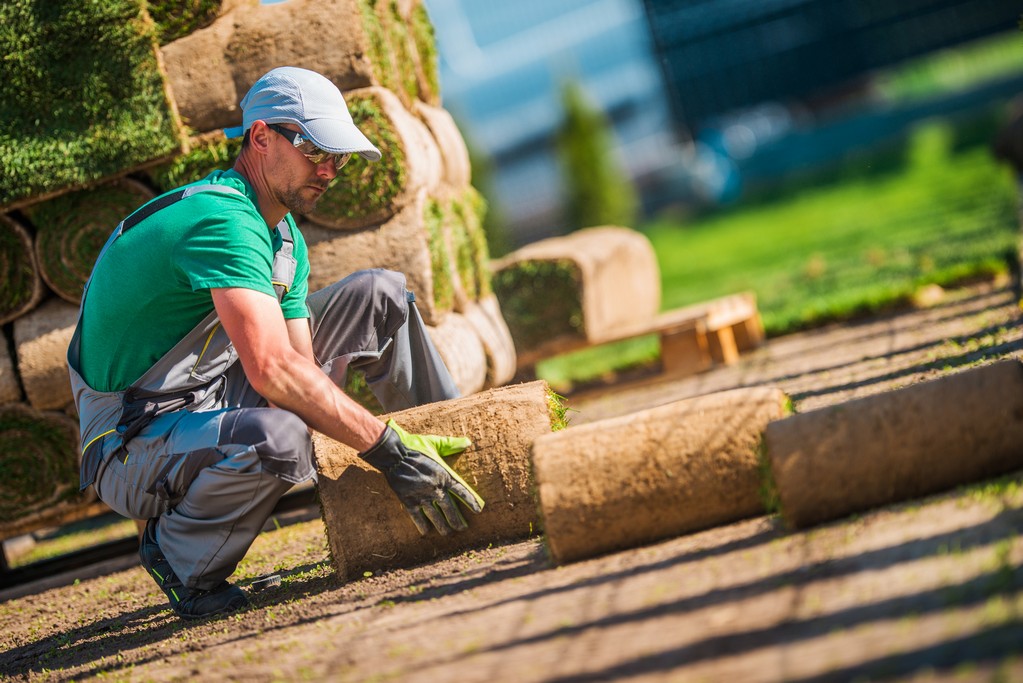

4. Aerate Your Lawn: Use your chosen method to create small holes in your lawn. If you’re using a plug aerator, follow a pattern just like mowing, moving in straight lines to ensure even coverage2.
5. Post-Aeration Care (TLC): After aeration, it’s crucial to continue caring for your lawn properly. This may include watering, fertilizing, and overseeding to ensure your lawn recovers quickly and benefits fully from the aeration process.
With Turf Medic leading your lawn care journey, the seemingly complex process of lawn aeration can be simplified. Our expertise ensures that each step is performed correctly for optimal results. Demystifying lawn care processes is our forte, guaranteeing that our clients have access to a lawn that exhibits vitality and aesthetic appeal. Always remember, a well-aerated lawn is a beautiful lawn.
Pros of aerating your lawn with Turf Medic
- Increased water, nutrient and air absorption throughout the soil.
- Improved grass growth due to better oxygen levels in the root zone.
- Reduced compaction of soil, leading to improved drainage.
- Enhanced ability to withstand drought and extreme temperatures.
We take pride in delivering lawn aeration services that are tailored to fit your needs. Our main focus is ensuring long-term health and sustainability of the turf, while helping you to keep the lawn looking beautiful for years to come. With Turf Medic on your side, you can trust that your lawn care journey will be stress free. Contact us today to begin optimizing your lawn!
The Cost of Lawn Aeration and How to Budget for It
Understanding the cost of lawn aeration is essential for homeowners who prioritize lawn care and seek to maintain vibrant, healthy grass. At Turf Medic, we recognize that a budget plays a pivotal role in the decision-making process of aerating your lawn. This process involves perforating the soil with small holes to allow air, water, and nutrients to penetrate the roots of your grass, promoting a more resilient and lush lawn.
The cost of this service can be influenced by a multitude of factors, including the size of your outdoor space, the condition of your soil, and the frequency of aeration required. It’s not uncommon for the construction of your lawn’s substrate and its composition to dictate the necessary resources and tools for the task.
When budgeting for lawn aeration, it is imperative to consider the commercial rates if you’re contracting a professional service like Turf Medic. The use of high-grade, commercial tools can elevate the cost, but the results often justify the investment in your lawn’s health. If you decide to aerate on your own, the cost of renting or purchasing the right equipment must be weighed against the time and labor you’ll invest. The type of aerator, whether it’s a spike aerator or a plug aerator, will also impact the overall budget due to the inherent differences in their construction and efficacy.
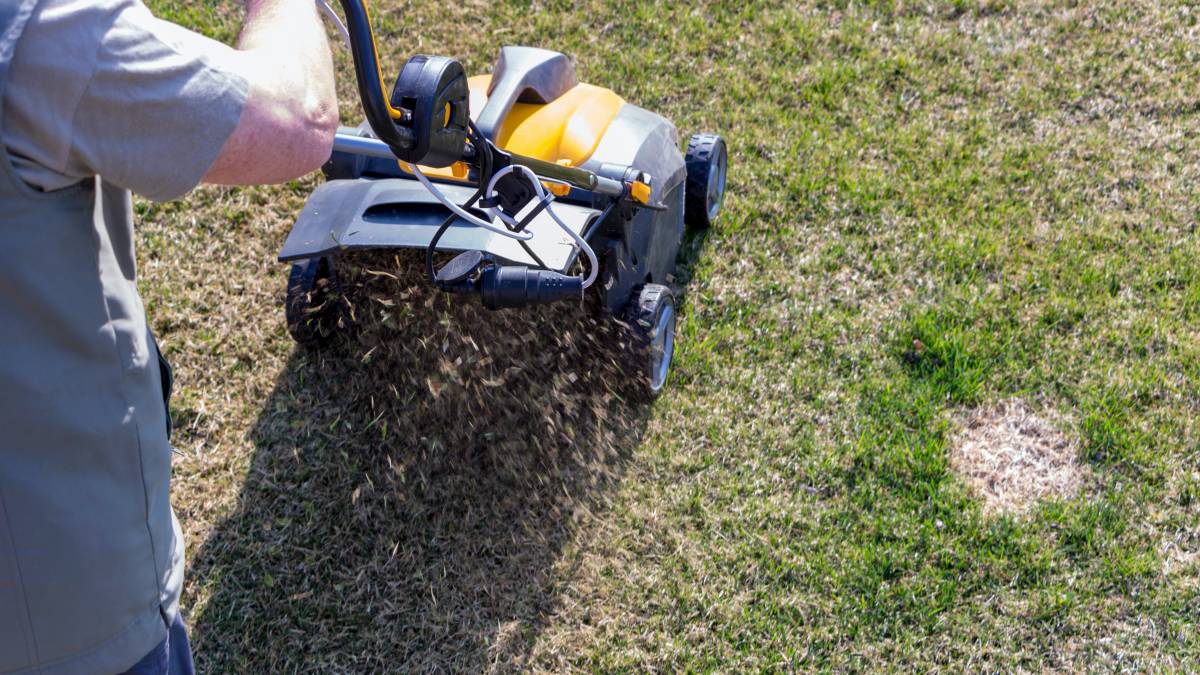
Conclusion
Your lawn is an important part of your home and serves many purposes. Regular aeration is essential to boosting the health of the soil beneath it, allowing grass to access nutrients, water, and oxygen better. Taking advantage of this vital lawn maintenance practice can save you time, money, and stress in the long run! At Turf Medic, we are experts in Aeration services and would be happy to help you get started. Contact us today for more information!

Recent Comments